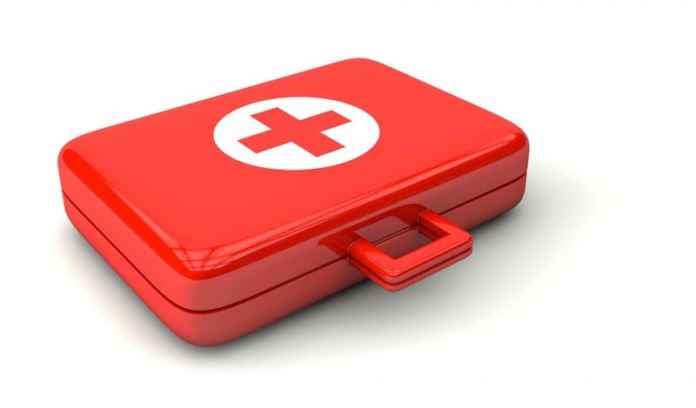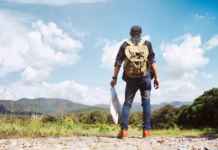A first aid kit should be the first thing which should be packed for an upcoming trip. Though packing light is one of the things every backpacker takes extra care of, but being safe and cautious should be of high priority.
Items in first aid box are highly depended on the health needs of the traveler, the destinations to be visited and the duration of tour. But in broad, these are the most important things that should be integrated in order to take proper care of slight wounds and medical emergencies.
Tylenol/Paracetamol – pain and fever reduction
Antihistamine/Benadryl – allergies, sleep aid
Ibuprofen – stronger pain and fever reducer, anti-inflammatory
Pseudoephedrine – nasal decongestant helps with ear pop in air journeys
Cold & Flu Tablets – to treat cold & flu symptoms
Loperamide – anti-diarrheal
Motion Sickness Medication – in case those long bus rides or boat trips have an effect on you
Antiseptic towelettes – for cleaning hands and wounds
Rehydration tablets/Electrolyte packets – for replacing loss due to vomiting or diarrhea
Iodine Pads – to kill sensitive bacteria in minor wounds
Q-Tips and Cotton Balls – help clean and apply topical medication to wounds
Antibiotic ointment – to prevent infection on minor cuts and scrapes
Tweezers – to remove ticks, thorns, cactus, sea urchins, etc.
Band aids – different sizes and shapes for minor cuts and scrapes
Moleskin/2nd Skin – to protect blisters on feet and hands
Butterfly Band-aids or Wound Closing Strips – help close open wounds when a visit to a doctor or stitches is not immediately available
Micropore/Medical Tape – to keep gauze pads in place and it serves as an alternative to band aids when cut in the proper shape
Small Bandage – provides support to injured joints or to protect fresh wounds from getting dust and dirt)
Small Scissors – to cut gauze pads and medical tape to desired size and shape
Gloves – to be sterile and to guard yourself in case you’re helping someone else. Preferably latex free
Thermometer – to check how serious your fever is
4 x 4 gauze pads – for minor cuts and scrapes
Safety pins – quick fix for clothing, making an arm sling, emergency cloth
Hand sanitizer – good to keep hands clean and sanitary, dirty hands can infect cuts.
Insect Repellent – to minimize the chances of mosquito bites that could transmit diseases.
Eyewash – a good solution to clean eyes when fresh water is not available.
Sun screen – SPF 15 minimum.
Multi-vitamins – to keep a healthy level of vitamins in your body
Matches – light source, fires.
Hot/Cold Pack – to treat inflammation topically
Portable flashlight – looking into mouths, dark rooms
Swiss Army Knife – It acts as an emergency tool if needed
Flashcard with Emergency Contacts – get essential local phone numbers from Police, emergency contacts, hospital, etc.
The kit should be packed in a waterproof small case, preferably plastic. Medications can be kept in small re-sealable plastic bags (with names marked in it).
Although it seems like you are carrying a huge amount of medical stuff, but what’s mentioned above only consists of a basic travel kit and it doesn’t take much space if properly organized. Besides, always learn thoroughly about providing first aid treatments such as snake bite, burns, acidic accidents etc. Happy journey . . .










